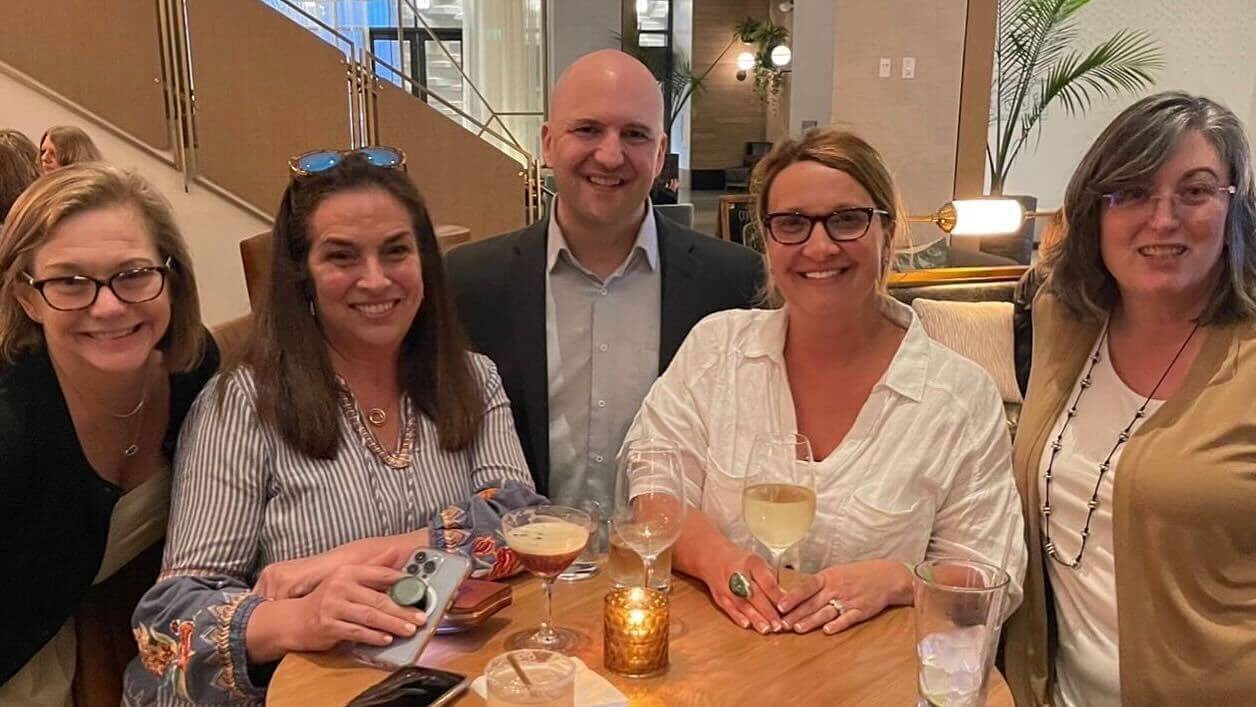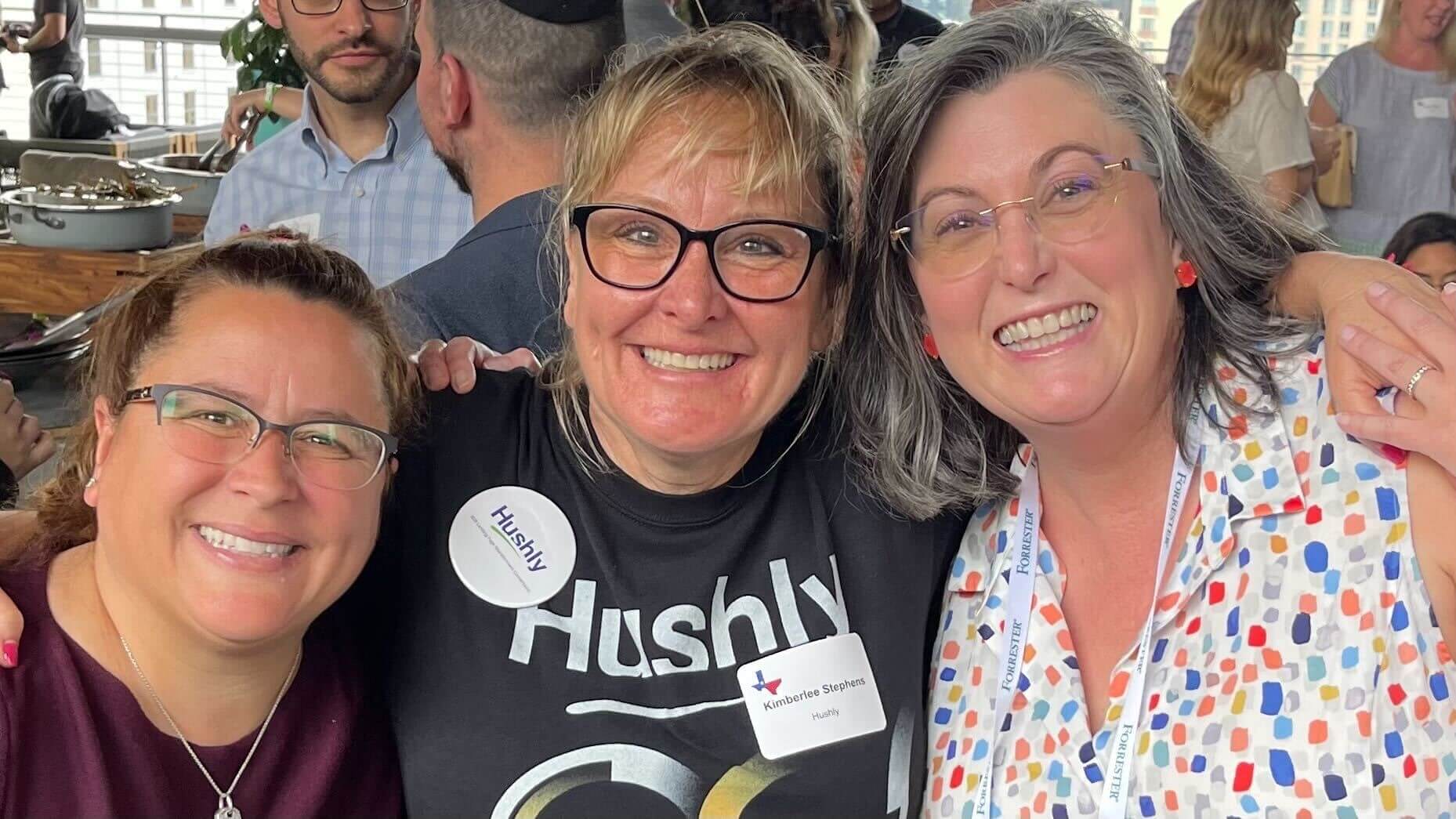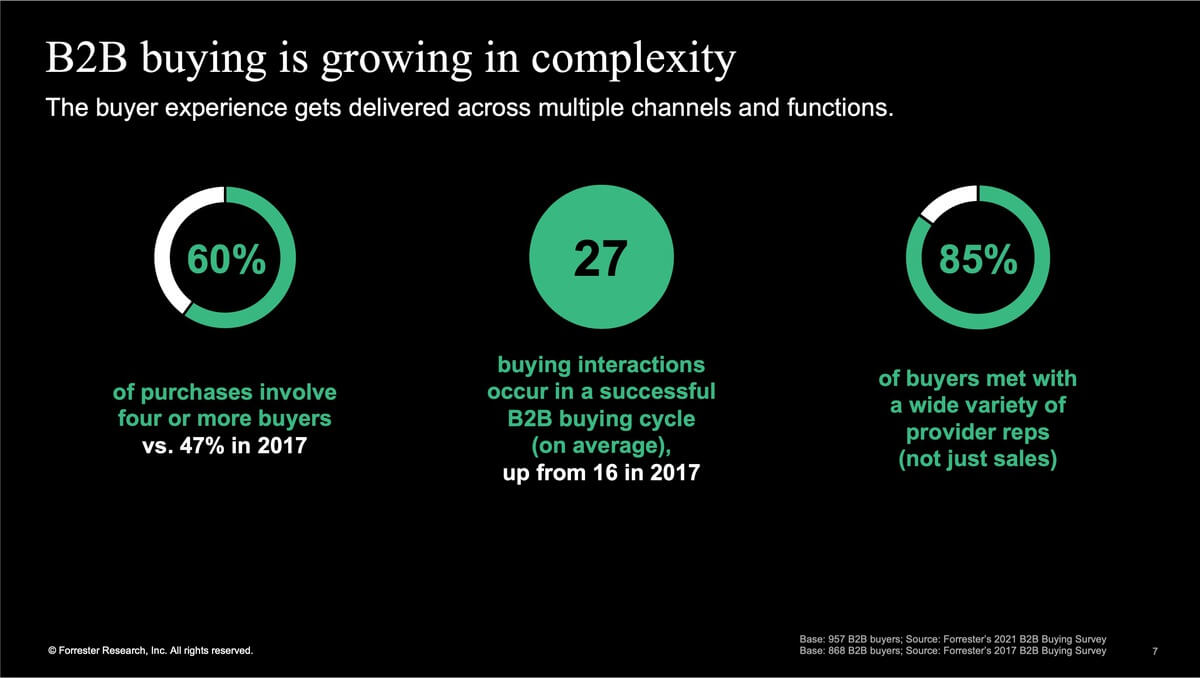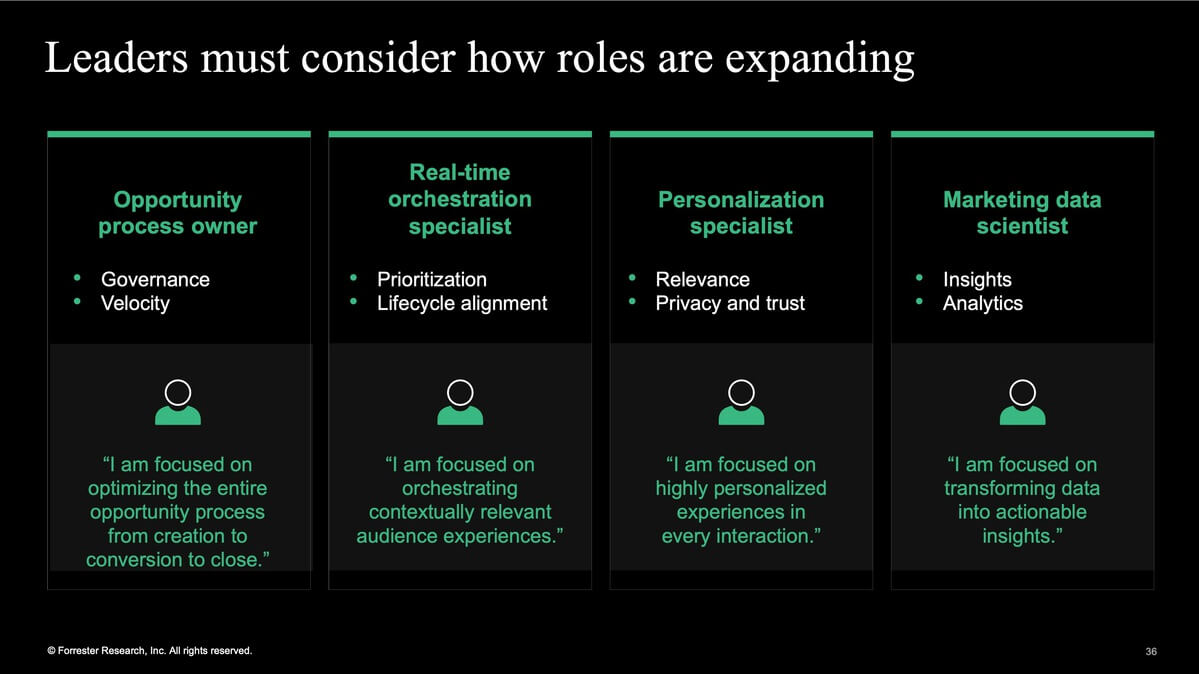Time for Change: B2B Marketing’s Wild Ride


It was wonderful to attend Forrester’s B2B Summit—held live once more in Austin. As a veteran B2B marketer and former SiriusDecisions and Forrester analyst, Summit is my favorite conference, and I was eager to see colleagues and friends again after two years of isolation. I was also extremely curious to learn what marketers are thinking about—and anticipating—after all the disruption that we have lived through.
While the conference attendees were all eager to “return to normal,” there was no consensus on what normal looks like anymore. No one wants a return to the dramatic pivots of the early pandemic years, and yet marketers are anticipating more changes to come. The mood was akin to being at the top of a roller-coaster, an intense mix of nerves and anticipation as people looked to the track ahead. Based on the sessions I attended and the many excellent conversations happening, these are the top areas that B2B marketers are seeking to drive change around in the coming year.
Delivering the Right Message at the Right Time to the Right Buyer
There is no disputing the fact that the buyer is in charge and that the buying experience matters. According to Forrester data, B2B buying is growing in complexity. Sixty percent of purchases now involve four or more buyers, with 27 buying interactions occurring on average in a successful B2B buying cycle, and with 85% of buyers meeting with a wide variety of provider representatives (not just sales). But what is important to B2B buyers? Forrester identified the top buyer criteria for provider selection including “the competence the provider demonstrated throughout the purchasing process”. In other words, getting the right information to the right buyers at the right time.
This was reinforced during the day one keynote on “Time Travel and Transformation: The Future of B2B Content.” This session focused on the strategies to improve content across the customer experience, including the need to develop highly contextualized experiences. Contextualized experiences were defined as dynamic, relevant, personalized, real-time, and omni-channel fueled by content that is audience-centric rather than vendor or product-focused. A message that marketers need to take to heart.

Measuring What (Really) Matters
As B2B marketing moves further into the world of dynamic and omni-channel buyer interactions, there is a growing realization that the old ways of measuring marketing performance are no longer sufficient. This was front and center at the literally standing room only session on “Goodbye MQLs, Hello Opportunities.” Forrester analysts stated bluntly that a focus on leads doesn’t work anymore. In fact, lead-centricity causes marketing blindness—to insights from each buyer interaction, the buying group relationships within accounts, and to additional market opportunities.
This was followed by an impactful session on the need to ditch marketing sourced metrics for measures that reflect the reality of today’s buying complexity. Proposed new marketing KPIs include target to engaged (is the company in more of the right deals?), sufficient pipeline (is marketing meaningfully involved?), marketing lift (does marketing’s involvement produce better outcomes?), and investment-to-revenue lift (is marketing’s involvement economical?). Marketing must shift from optimizing for volume (e.g., lots and lots of leads) to optimizing for quality by targeting the right accounts, sensing and responding to buying signals, and presenting relevant cross-channel information to buyers in all stages of the buying process.
Going Beyond Demand + ABM Convergence
As is always the case, the Demand and ABM sessions were popular and thought-provoking. One such session was, “Smarter Demand, Scalable ABM: B2B Marketing’s Next Evolution.” Forrester shared data that the majority of B2B marketers (82%) desire a future state where demand and ABM are broadly or fully aligned. But doing this has significant implications for marketing. Besides the previously noted needs to shift away from leads and to measure differently, B2B marketing must broaden its myopic focus on net-new business acquisition to include the other opportunity types of retention (keeping the customers you have), upsell (new elements, same buying center), and cross-sell (new elements, new buying center).
The other critical implications focused on marketing org structure and technology. As demand and ABM converge, Forrester is predicting the need for new marketing roles (e.g., real-time orchestration specialist, personalization specialist, opportunity process owner) and new marketing competencies (e.g., strategic planning, trend analysis, iterative program planning, real-time interaction orchestration, etc.) In terms of technology, demand/ABM marketers are actively seeking the next-generation platforms that will allow them to connect with in-market buyers (regardless if they are a new or existing customer), easily deliver relevant content across multiple channels, orchestrate seamless buying experiences, and measure the impact that integrated marketing programs are having against company goals.

So, What’s Next?
There was a lot of chatter on the show floor (and in analyst one-on-one meetings) that the marketing technology space is poised for another wave of innovation and consolidation. The era of email-centric marketing automation platforms is over. There is now a lot of movement in the market with ABM technology vendors expanding their capabilities, marketing agencies offering technology solutions, and new technology categories such as Precision Demand Marketing emerging to address the changing requirements for B2B marketers.
I don’t know about you, but I’m excited about the coming changes. If the right investments are made in all these areas, B2B marketing is going to emerge as a force to be reckoned with and as a revenue partner the equal of sales. So buckle up, keep your arm and legs inside the car, and enjoy the coming ride.









